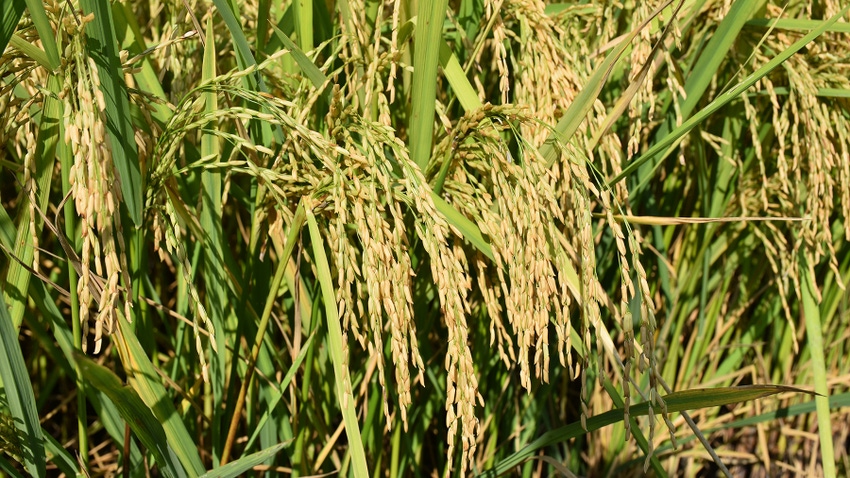
If is the operative word for 2024 rice markets, says Milo Hamilton, CEO of Firstgrain, an advisory service for the world rice industry.
Hamilton and business colleague, John Anderson, an expert in grain hedging with 30 years’ experience in rice marketing, will discuss rice markets at the Mid-South Farm and Gin Show, Saturday, March 2 in Memphis.
Hamilton, Austin, Texas, says ongoing conflicts, global weather, government policies, and planting intentions all affect rice markets.
He says rice producers and marketers should be aware of five questions that could affect their markets in the coming months.
What U.S. domestic factors are influencing the market?
“The United States has two rice markets California, which is medium grain, and the South with long grain rice. The California outlook is bearish; acreage was up last year. Long grain rice markets respond to domestic demand, which is strong. Also, exports are a bit stronger than USDA reported in February to the World Market Price Committee. Exports should top 65 million hundred weight, which will tighten supplies a bit.
“Medium and long grain do not work in conjunction. Medium grain rice price considers different fundamentals and declines.”
What international issues are affecting rice?
“The big picture is Asia, which represents 90% to 95% of the rice grown and consumed. That affects the Americas’ (North and South) market.
“The Americas’ market is mostly affected by international demand for paddy or rough rice. U.S. rough rice moves down the Mississippi River and out of the Gulf Coast.
“Bad planting and unfavorable growing weather in South America is a factor. Yields are down, below normal. South America will export rice and compete with U.S. production but not until March or April.
“I would point out that Brazil paddy rice prices are heading downhill. Brazil will hold some rice, replenish domestic stocks before exporting. Brazil’s rice price is going down, and the U.S. will benefit from the growing demand not met by South America.”
What effects are ongoing conflicts having on rice supply and demand?
“The situation has gotten worse in the last few months as hostilities between fighting elements out of Gaza and others terrorizing Israel have intensified. It is more difficult for India to ship to the Middle East through the Red Sea, for instance. Ships are either taking a longer route or hoping a ship does not get blown up. That has not happened so far because of the U.S. naval presence.
“That situation is up in the air. I am not sure if it will be a factor. If it is, we could see a shift in trade from India to other origins. We could see more demand from Africa and the Middle East. That could be an upside for the Western Hemisphere. That is theoretical, not a certainty. We have had good trade with Iraqi rice.
“Once Brazil gets its act together and the price goes down, we could see a bit more demand from Africa and the Middle East in the Western Hemisphere market, which will put more demand pressure to the upside of this market.”
What is your thinking on 2024 U.S. rice acreage?
“U.S. rice acreage was large last year and will be larger this year. Rice acreage will be up at least 10%. Rice price is still going up relative to corn, soybeans, and wheat, so acreage could be even bigger, 20%. If that occurs, we will need additional demand.
“New crop rice futures, priced at $14 to $16, offers an opportunity to price some new crop rice. But we have an uncertain market now.
“One of the things intriguing to U.S. farmers continues to be rice prices relative to other crops. If grain prices go higher, I do not think it will hurt rice. Delta rice production is strong and going up while other crops are going down. Acreage might depend on whether rice producers see reasons to boost other crops. We cannot forecast rice markets based on grain markets.”
What is your best estimate of rice markets going into the ’24 growing season?
“This is a hard one. We have a lot of ifs in the market. The biggest if is India, where farmers are protesting the government, asking for more money, more price supports. India will determine how much the Asian market will go down.
“If India holds rice that could be exported, the price will remain high.
“But this is all subjective. We do not know if India is going to export fully or not. Also, more trouble in the Red Sea could be a factor. And we do not know what further molestations can happen from people who are attacking vessels in the Red Sea. It is very uncertain time.”
Read more about:
MarketsAbout the Author(s)
You May Also Like






